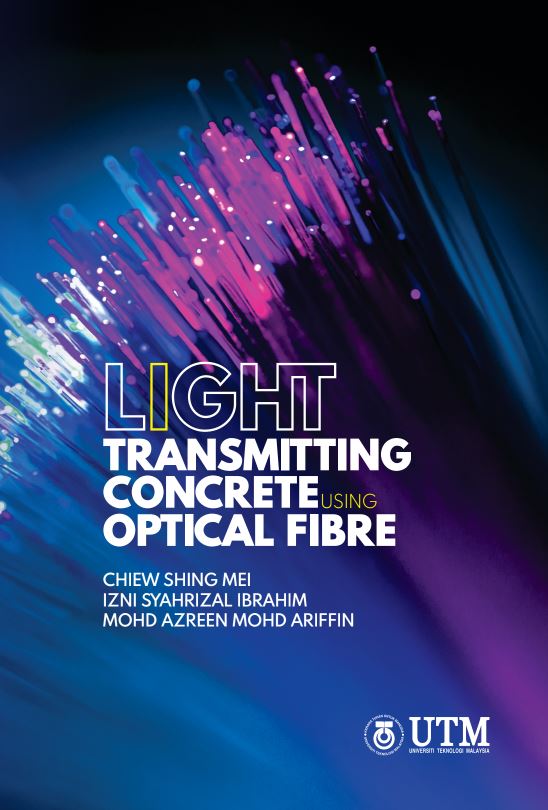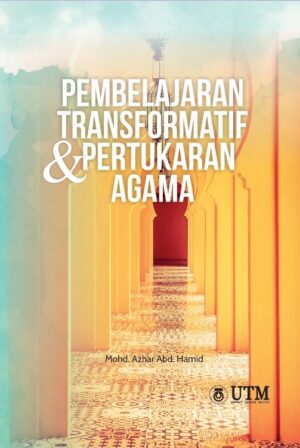Description
The energy consumption of artificial lighting accounts for around 19% of total global electricity consumption. The carbon footprint produced by the consumption of artificial lighting is one of the factors contributing contributors to global warming. This led to the introduction of a new innovative technology in construction, Light-transmitting concrete (LTC) by Hungarian architect, Aron Losoncz. LTC allows light to pass through the opaque concrete and increases visibility inside buildings. When natural light enters the building through LTC, less artificial light energy is required for the daily use of the building. This directly reduces the energy consumption for light and the carbon footprint of the building. Therefore, LTC can be considered as a building material for green buildings. Light-transmitting concrete (LTC) Using Optical Fibre introduces the type of LTC incorporated with optical fibre which can efficiently transmit natural light through the concrete and enhance visibility inside the building. Whether using LTC at night for aesthetic purposes or during the day to reduce energy consumption, this book presents the light transmission properties of LTC under artificial and natural light without compromising the mechanical properties of the concrete.





